As you wander through the lively streets of Kathmandu, you may suddenly come across a scene that leaves you in awe. The air is filled with the sounds of clashing pots as people pour out of their homes, each armed with an earthenware. The crowd seems to be in a frenzy, engaged in joyful yet chaotic activity. As a tourist, this might seem like an unexpected and intriguing spectacle. But as you observe this tradition up close, you'll soon realize that this is one of the most meaningful and odd festivals of Nepal - the "Kalash Yatra".
If you find yourself enchanted by the tradition of the Kalash Yatra, then you must make a trip to the Changunarayan Temple, to experience it in full glory. This temple, located in the beautiful valley of Bhaktapur, is considered one of Nepal's oldest and most sacred Hindu temples. Every year, on the day of Pousha Shukla Purnima, the Kalash Yatra from Changunarayan travels to the Taleju temple in Hanumandhoka of Kathmandu. This annual procession is a spectacular display of devotion and cultural heritage, making it a must-visit for anyone interested in experiencing the true essence of sightseeing in Kathmandu.
The Changunarayan Temple is a place of breathtaking beauty and captivating charm. The temple's architectural grandeur, with its two-tiered pagoda structure and gilded copper roof with a pinnacle, is a sight to behold. The temple's entrance, adorned with serpent decorations, is guarded by a pair of lions, sarabhas, gryphons, and elephants on either side, adding to its impressive facade.
The intricate wood and stone carvings that adorn the temple's walls and doorways, such as the four toranas, or exquisitely carved crest suspended over the door, are a testament to the incredible craftsmanship of ancient Nepal. The temple courtyard is home to pillars on which are positioned the four divine possessions of Lord Vishnu, adding to the temple's religious significance.
The temple complex contains numerous shrines, including the idol of Vishnu Vishwarup, considered by some to be one of the most beautiful idols ever made in Nepal, as well as smaller shrines dedicated to various gods and goddesses. The temple also features a stunning bas-relief of Vishnu mounting on the back of the Garuda, dating from the 12th century, which is sure to leave visitors in awe.
Changu Narayan Facts
|
Monument |
Changunaryan Temple |
|
City |
Bhaktapur |
|
Province |
Bagmati |
|
UNESCO World Heritage Site listed |
1979 |
|
Founded by |
|
|
Major Architectural Style |
Pagoda, and Newari Style (seen in most temples and monuments) |
|
Major Festivities |
|
|
Major Attractions |
|
|
Entry fees |
|
History of Changu Narayan
In ancient times, a cow herder (Gwala in Nepali) bought a cow from a Brahmin named Sudarshan. The cow was famous for giving a lot of milk, and the cow herder would take it to a forest called Changu for grazing. While the cow grazed, it would always go to the shade of a specific tree where a boy would come and drink its milk. However, when the cow herder tried to milk the cow at night, he would only get a small amount of milk.
After a few days, he grew sad and told the Brahmin that the cow wasn't producing enough milk. Upon observing the situation, the Brahmin agreed that it was unusual. The next day, they both hid behind the tree and saw a black boy come out of it to drink the cow's milk. They thought the boy was a devil and the tree was its home, so the Brahmin cut down the tree. Fresh human blood flowed out of the tree, causing them to worry and cry, but Lord Vishnu appeared and told them that it was not their fault.
Lord Vishnu explained how he had committed a terrible crime and was cursed to wander the earth on his mount, ‘Garuda’, eventually settling on the hill at Changu. He lived there anonymously, surviving on the milk from the cow. When the tree was cut down, Vishnu was freed from his sins. The Brahmin and cow herder resolved to worship the site and established a temple dedicated to Lord Vishnu.
Today, the descendants of the Brahmin and cow herder still worship the temple, with the Brahmin's descendant serving as a priest and the cow herder's descendants serving as conservators. As a result, the temple gained notoriety as one of the most well-known shrines dedicated to Vishnu, who is also known as Narayan. The temple was initially built in a simple design, but it was later expanded and reconstructed over the centuries, incorporating intricate carvings and architectural details.

One of the most remarkable features of the temple is the oldest stone inscription in the Kathmandu Valley, located in the western corner of the site. This inscription tells the tale of a king who managed to convince his mother not to take her own life after the death of her husband. It is a description that dates back to 464 C.E. thus proving the age of the Temple. In addition to its historical significance, the temple has also been recognized as one of the seven UNESCO World Heritage Sites of Kathmandu Valley since 1979 C.E. This recognition attests to the temple's cultural and architectural importance, as well as its unique historical and cultural value.
Changu Narayan Attractions
As a hub of religious and cultural significance, the Changu Narayan Temple is a must-visit for anyone traveling to the beautiful valley of Bhaktapur in Nepal. From its awe-inspiring architectural design to its intricate wood and stone carvings, the Changu Narayan Temple is a treasure trove of cultural heritage. Whether you're a lover of religious sites or a history buff, this temple is sure to leave a lasting impression. So, join us on a journey to explore the many wonders that the Changu Narayan Temple has to offer.
Two-Tiered Pagoda Structure
Changu Narayan temple is famous for its two-tiered pagoda structure and intricate carvings and sculptures that adorn its walls. This pagoda structure is considered a unique architectural feature of the temple, as it is not typically seen in other temples in the region.
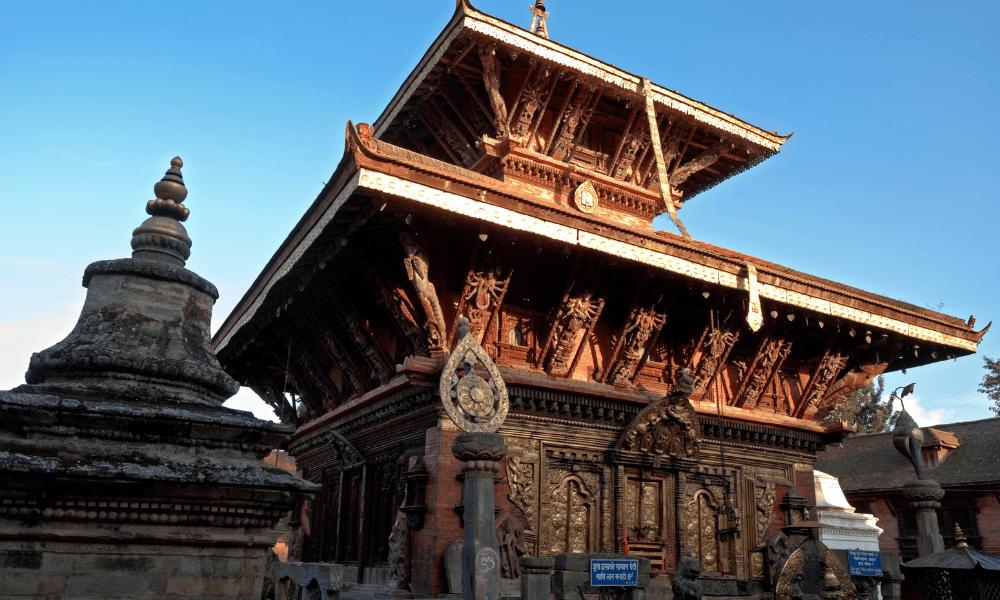
The two-tiered pagoda structure is made of stone and wood, with the first tier consisting of the main temple structure, while the second tier is a tall tower or spire that rises above the main temple. The main temple is adorned with rich carvings and sculptures depicting Hindu gods and goddesses, as well as scenes from Hindu mythology. The tall tower is topped with a gilded copper roof and pinnacle, which shines in the sun and can be seen from far away.
The two-tiered pagoda structure of the Changu Narayan Temple is a symbol of the temple's importance and grandeur, and it is a testament to the architectural craftsmanship and skills of the ancient Newari people who built it. Visitors to the temple are often left in awe by the beauty and grandeur of the temple's pagoda structure and overall decor. The temple is considered a true masterpiece of ancient Nepalese architecture, and it continues to captivate visitors with its beauty and religious significance.
Bas-Relief of Vishnu Mounting Garuda
The Bas-Relief of Vishnu Mounting Garuda is a beautiful and captivating artwork located in the northeast corner of the courtyard of the Changu Narayan temple. It is considered to be one of the most significant pieces of art in the temple complex and dates back to the 12th century.
The bas-relief depicts Vishnu, one of the major Hindu deities, riding on the back of the Garuda, a mythical bird-like creature. This artwork is a testament to the skill and talent of the ancient Nepali artisans who created it. The intricate details and lifelike depictions of both Vishnu and Garuda are a sight to behold and have been beautifully preserved for centuries.
The bas-relief is also significant from a religious point of view. In Hinduism, Vishnu is considered to be the preserver of the universe, and the act of him riding on the back of Garuda is symbolic of his power and control over the natural world. It is also a representation of the relationship between Vishnu and Garuda, who is considered to be Vishnu's mount and faithful servant.
To bring it all together, the Bas-Relief of Vishnu Mounting Garuda is an exceptional piece of art that showcases the talent and religious devotion of ancient Nepali artists. It is an important part of the rich cultural and historical heritage of Changu Narayan temple and is a must-visit attraction for anyone visiting the temple complex.
The idol of Vishnu Vishwarup
The idol of Vishnu Vishwarup is one of the main attractions at the temple and is an iconic representation of Lord Vishnu and his many facets. The idol depicts Lord Vishnu in his cosmic form, with multiple heads, arms, and legs. This multi-limbed depiction is meant to symbolize the omnipresence of Lord Vishnu and his control over all aspects of the universe.
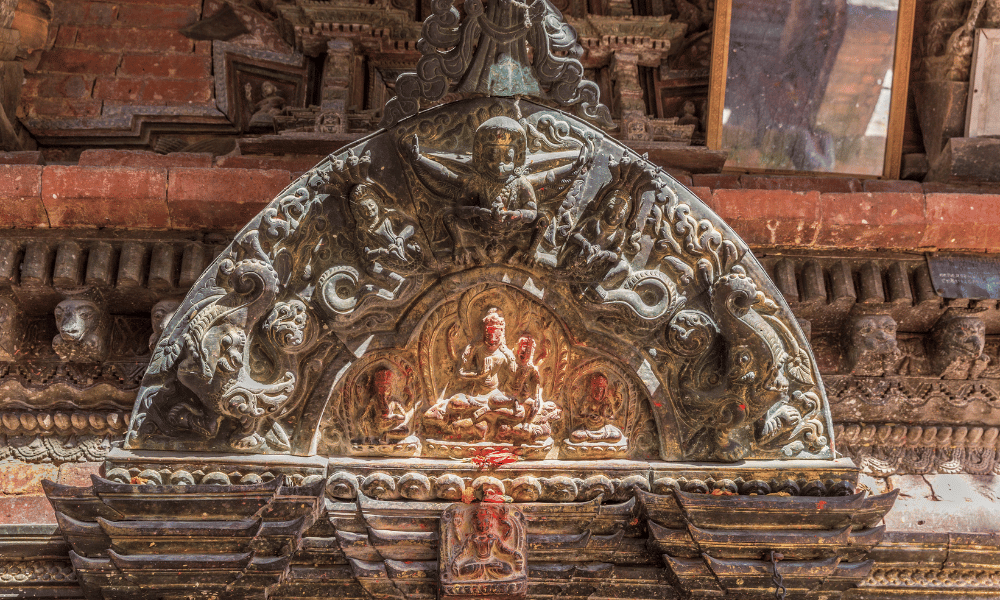
The intricate carvings on the idol depict Lord Vishnu in a majestic pose, riding on the back of his mount, Garuda, with his consort, Lakshmi, by his side. The idol is carved from a single piece of wood and is said to be more than a thousand years old. Despite its age, the idol is in remarkable condition and has been preserved through generations of worshippers. The intricate carvings and delicate details on the idol are a testament to the skilled craftsmanship of the Newari artists who created it.
Visitors to the Changu Narayan Temple are often awestruck by the beauty and majesty of the idol of Vishnu Vishwarup. It is an iconic representation of Lord Vishnu and a symbol of the rich cultural heritage of Nepal. Whether you are a devotee of Lord Vishnu or simply a lover of art and architecture, the idol of Vishnu Vishwarup is a must-see attraction when visiting the Changu Narayan Temple.
Dedicated Shrines to Hindu Deities
Changu Narayan houses several smaller shrines dedicated to other Hindu deities, including Lord Shiva, Lord Bhairav, and the nine planets or Navagraha. The shrines are richly decorated with carvings and sculptures, showcasing the mastery of the local artisans. Each shrine has its own unique architectural style, which reflects the deity it is dedicated to.
The shrines are also adorned with offerings of fresh flowers, incense, and oil lamps, which further enhance their beauty and spiritual significance. Visitors to the Changu Narayan Temple can experience the essence of Hinduism through the dedicated shrines to Hindu deities. The peaceful and serene atmosphere of the temple, combined with the devotional offerings and religious rituals, creates a powerful and uplifting environment.
Each shrine is a magnificent work of art, showcasing the incredible craftsmanship of the Newari artisans and their devotion to their religion. Visitors will be transported back in time as they marvel at the beauty and intricate details of the shrines. It is a true reminder of the enduring influence of Hinduism in this region.
Changu Museum

The Changu Museum is a hidden gem located in the charming village of Changu Narayan, a short drive from Kathmandu. The museum boasts a collection of artifacts, utensils, coins, and implements that are among the most eclectic and varied in all of Nepal. The building, which has mahogany-painted doors and carved wooden window frames, is modest and unpretentious, yet the entrance is welcoming and hints at the wonders inside. As the only private museum in the country, Changu Museum not only showcases some of the most amazing and unique relics in Nepal but also highlights the history and origins of Changu Narayan.
Changu Narayan, one of Nepal's seven UNESCO World Heritage Sites, is named after the deity housed within the temple located at the top of a long ascent of brick steps. The temple is said to have been erected between the 4th and 5th centuries and is considered to be the oldest temple in the Kathmandu Valley. A series of watercolor paintings near the museum's entrance depict the mythical beginnings of Changu Narayan, which was once a forest of Champak trees.
Visitors from all over the world have signed the museum's guestbook, attesting to its cultural richness and the awe it inspires. The artifacts are displayed and labeled in both English and Nepali, and there is something for everyone to marvel at, from musical instruments to weapons of war, and from a fire mirror to bowls of preserved rice grains that are over 200 years old.
Living Traditions Museum(LTM)
The Ethnographic Museum at Changu Narayan Temple is a unique and fascinating attraction for those interested in learning about the local culture and traditions of the Newari people in Nepal. The museum is dedicated to showcasing the diverse and rich cultural heritage of the area, with a particular focus on the traditional customs, beliefs, and practices of the local community.
Visitors to the Ethnographic Museum will be able to view an extensive collection of artifacts, including traditional clothing, tools, and household items, which have been carefully preserved and displayed in order to provide an accurate and immersive representation of the area's cultural heritage. The exhibits provide a fascinating glimpse into the everyday lives of the Newari people and their close relationship with the natural environment, as well as showcasing their rich history and traditions.

One of the highlights of the Ethnographic Museum is the extensive collection of traditional textiles and clothing, which have been woven and embroidered by local artisans using techniques passed down through generations. These unique and intricate pieces provide a fascinating insight into the traditional craftsmanship and artistic skills of the Newari people and are a testament to their rich cultural heritage.
In addition to the exhibits, the Ethnographic Museum also provides a range of educational resources and information for visitors, including audio-visual displays, interactive exhibits, and guided tours led by knowledgeable and passionate local guides. Whether you are a seasoned traveler, a student of anthropology, or simply a curious visitor, the Ethnographic Museum at Changu Narayan Temple is an experience not to be missed.
Kalash Yatra
Every year, the Kalash Yatra of Changu Narayan temple takes place in the Taleju temple in Hanuman Dhoka Square of Kathmandu. The Bhadel clan, believed to be helpers for the Rajopadhyayas who serve the deity inside the temple, bring three silver Kalashes (pots) filled with holy water from Bagmati near the Pashupatinath Temple. The larger kalash is considered a manifestation of the deity and is carried by a member of the Bhadel clan. The journey, which takes four to five hours and is completed barefoot, starts from the western gate of the Changu Narayan temple, across the Manohara river, and through various places such as Mulpani, Boudhha, Kalopul, Dillibazar, Ranipokhari, and Makkhan to Hanuman Dhoka.
In the Newa community, it is believed that when a traveler sees smashed pots, they do not continue their journey as it is considered to be an Apasakun (bad omen). As a result, the locals collect and smash pots to stop the deity from going back to its temple. This tradition can be seen only in Makkhan in recent years and is one of the most unique Newa customs of Kathmandu valley.
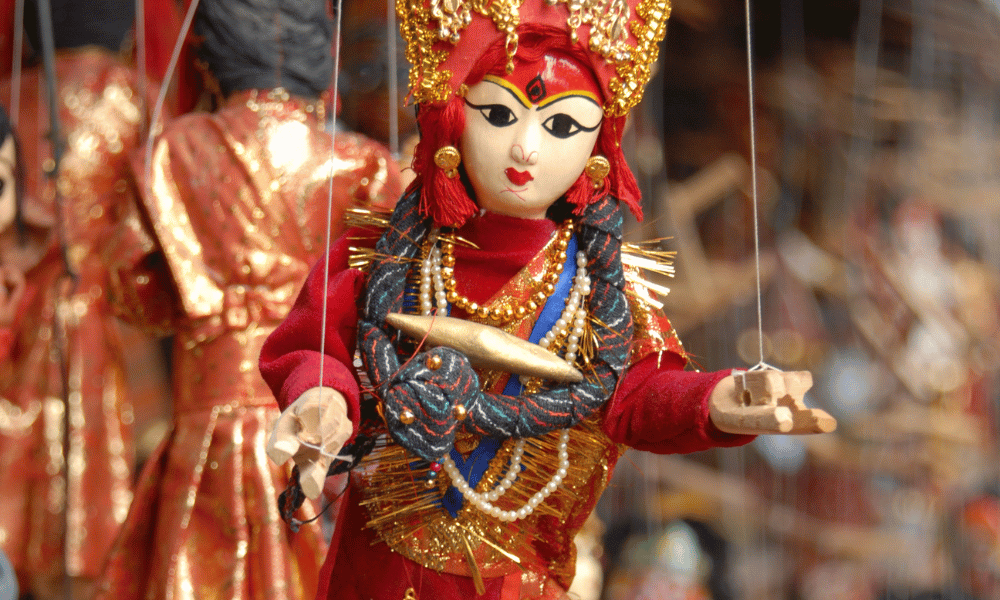
The day is also called Chhyalaa Punhi, a day when the Newa households throw away the old pots and get new ones. When the deity reaches Jamal, the Gurjuko Paltan (a ceremonial troop) marches from Hanuman Dhoka to Jamal and escorts it back to Taleju, along with a ceremonial Khadga (sword). Once the idol reaches the Taleju temple, it is customary to bring the living goddess Kumari to the temple and worship her there. The deity is welcomed and celebrated like a new bride entering their home. The puja is concluded inside the Taleju temple and the prasad (offering) is taken to the head of the state, Sheetal Niwas (the President's Office).
The Changu Narayan deity makes two annual rounds to Taleju. The next visit will be three days before Kwati Purnima during the Nepali month of Shrawan when the deity is said to come with a message to start soaking the beans. The Kalash Yatra is a significant event in the cultural and religious life of the Newa community and offers a glimpse into their beliefs and traditions.
And as a friendly reminder to all tourists, if you ever find yourself lost in the local village, just remember to keep an eye out for pots being smashed. That's usually a sign that the locals are eager to show you a good time and keep you as a permanent resident in their quaint little corner of the world. But let's be real, just following your map is a better bet. Unless you really love the sound of shattering ceramics and the smell of powdered soil!
Mahasnan Festival
The Mahasnan festival is one of the biggest and most vibrant cultural events that takes place in the Changu Narayan Temple in Bhaktapur, Nepal. The festival is eagerly awaited by the local residents, who come together to celebrate and offer their devotion to the gods. The festival usually starts on the ninth day of the waxing moon in the month of Asoj as per the lunar calendar and lasts for six days.
Throughout the festival, people residing around the Changu Narayan temple come together to celebrate and offer their devotion to the gods. The festival provides an opportunity for the community to come together and enjoy traditional feasts, pujas, and rituals. On the second day of the festival, the Guthi Sansthan performs a special puja in the temple and offers Panchamrit (a mixture of five items including gold, raw pulses, and grains) to Changu Narayan.

On the third day, a feast is organized for Bhadel (a group of people) at Changu Narayan. The fourth day is reserved for the priests of the temple, who are offered a vegetarian meal by the Guthi Sansthan. On the fifth day, rice pudding and animal sacrifices are offered to the gods and goddesses, including Changu Narayan and Chhinna Masta. And finally, the festival concludes with a Bida (Goodbye) Puja on the sixth day, leaving everyone satisfied and already looking forward to next year's celebration.
For tourists visiting the area, the Mahasnan festival at Changu Narayan is a once-in-a-lifetime experience that's not to be missed. Throughout the festival, visitors can immerse themselves in the local culture and customs and take part in a range of traditional feasts, pujas, and rituals. So, if you're planning a trip to Bhaktapur, make sure to time it with the festival, and experience the magic and wonder of this incredible celebration for yourself!
Religious and Cultural Significance
The revered Changu Narayan Temple holds an exceptional place in the religious and cultural history of the nation. As a sacred site for Vaishnavites (followers of Lord Vishnu), it also holds great significance for the Shaivas and Shakti Upasaks (commonly called Shiva Shakti admirers). This harmonious coexistence of different sects within Hinduism is truly a testament to the mutual respect and tolerance that have long been integral to the temple's legacy.
Dating back to the 4th century, Changu Narayan Temple is considered the oldest temple in Nepal. This historic site is a true treasure trove of religious and cultural significance, where the main deity is worshiped by both Hindus and Buddhists. The main image in the sanctum, worshiped as Garuda Narayan by Hindus and Hariharihari Vahan Lokeshwara (Avalokiteshowra) by Buddhists, is a revered object of devotion for both communities.
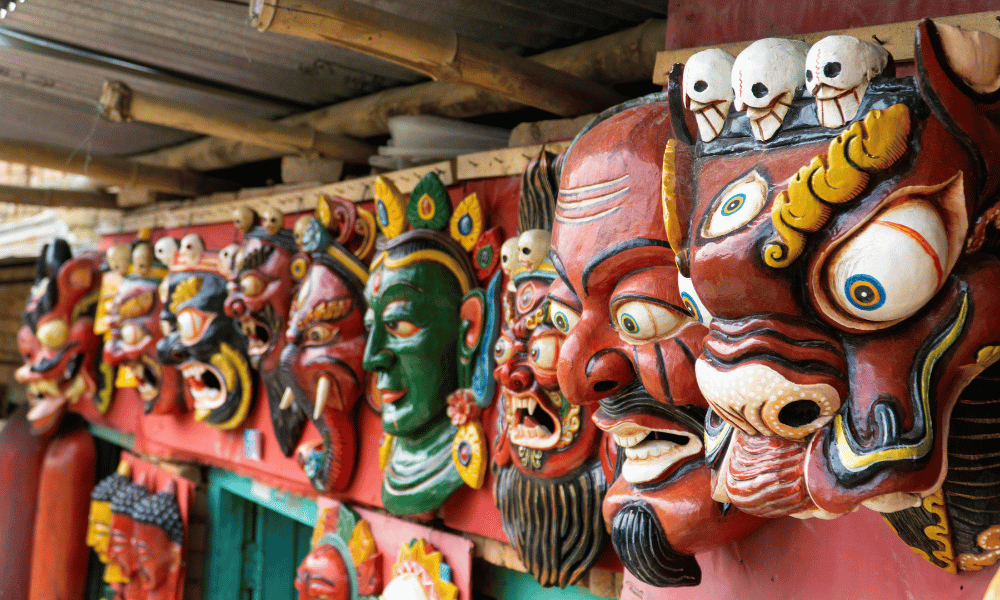
Step inside the sanctum and you will be transported to another world, where ancient traditions and beliefs come to life. Although the main image is only visible to the temple priest, the energy and spirit of the temple are palpable, and you can feel the presence of the divine even from beyond its doors.
Best Time to Visit
The optimal time to visit the Changu Narayan Temple is during daylight hours, preferably early in the morning or in the late afternoon when the sun's rays are less intense. This affords you the opportunity to admire the intricate carvings and details of the temple as well as the picturesque surroundings.
Opting to visit the Changu Narayan Temple during the cooler hours of the day can be a great idea as it allows you to escape the heat and the bustling crowds of tourists. With the ideal lighting for photography, this will be a memorable experience, allowing you to fully immerse yourself in the beauty and spirituality of the site. Additionally, avoiding peak office hours can ensure a smoother journey, free from traffic disruptions.
How to reach Changu Narayan?
Reaching the Changu Narayan Temple is a breeze with several convenient transportation options. Bhaktapur, the nearest town to the temple is located just 13 km (8 miles) east of the city of Kathmandu. The temple itself is only 4 km from the popular Bhaktapur Durbar Square.
By bus:
Frequent buses run from Kathmandu to Bhaktapur, departing from Ratna Park or from Bagbazaar if you are staying in Thamel, which directly goes to Bhaktapur and the Changu Narayan Temple. However, you will need to walk a short distance to reach the temple premises. Depending on traffic conditions, the journey can take anywhere from 50 minutes to an hour and a half.
By car:
You can opt for a more comfortable mode of transportation by hiring a taxi or car in the valley. The trip takes under an hour and takes you through the suburbs of the valley.
By bike:
For those seeking an adventurous and eco-friendly mode of transportation, bring your own bike or rent one from one of the many bike rental shops in the valley.
For those looking for a more immersive experience, some visitors choose to trek from Nagarkot to Changu Narayan and return to Kathmandu via Bhaktapur. The roads to Bhaktapur and the temple are well-paved and smooth in most parts. However, it's always best to check the actual road conditions with your trip advisor to ensure a smooth visit without any unexpected surprises.
Opening Hours
The central Changu Narayan Temple is usually open for visitors from 4 a.m. to 10 p.m. while the complex is open 24/7 for a general stroll. It's important to note that the temple timings might change on certain occasions, so it's advisable to check with your tour guide or related authorities before planning your visit.
While the temple is open during the specified hours, do keep in mind that the surrounding square may have different opening times. The complex is usually open from 9 a.m. to 6 p.m. and includes the temple, museum, and other sites that require entry tickets. It's essential to be informed of the schedule and plan your visit accordingly to make the most of your experience.
Entry Fees
|
SAARC (and Chinese) National |
Free for Nepalese NPR 250 Per Person (others) |
|
Other Nationals |
NPR 350 or $3.5 Per Person |
|
Changu Museum |
Foreigner NPR 300 / $3 SAARC NPR 200 / $2 Nepalese NPR 100 |
Changu Narayan Tips and Guide
These tips and guides will help make your visit to the temple a truly enlightening one. So take a deep breath, plan ahead, and immerse yourself in the rich history, culture, and art of Changu Narayan. This is your opportunity to uncover the hidden gems and create memories that will last a lifetime.
-
Plan your visit:
Check the schedule of the square before planning your visit and make sure it's open on the day you want to go. Also, note that the square is closed for various ceremonies and festivals on certain days.
-
Dress appropriately:
Changu Narayan is a religious site, and visitors are required to dress modestly. Remove your shoes and leather accessories before entering if required by the temples and shrines.
-
Respect the local customs:
Do not touch or climb on any religious artifacts or monuments, and be respectful of the local customs and traditions. Be attentive to your surroundings and follow all required rules.
-
Be attentive:
All places don’t allow photographs, while some prohibit videos but allow photographs. Make sure to learn these rules to avoid any trouble there. Most places have a board explicitly telling what’s prohibited so look around and enjoy.
-
Explore and experience local cuisine:
The food in Changu Narayan is as diverse as its culture and history. So, don’t forget to try out the local foods and beverages (which cost way cheaper if you visit one of the many local food corners spread out in the alleyways).
-
Be prepared for the dust and heat:
Bring a face mask to protect yourself from dust and pollution. Also carry sunblock, a hat, or sunglasses to protect yourself from the sun. You will also need some water and snacks to keep you going about the day.
-
Be aware of your surroundings:
The complex can get crowded at times, especially during festivals and other events. Be sure to keep an eye on your belongings. Always be on high alert if someone is acting fishy or offering free stuff for no reason, as it might lead to you getting scammed. It doesn’t always happen but it's better to be safe than sorry.
-
Carry cash:
Some of the smaller vendors and shops in the square may not accept credit cards, so having some cash on hand is a good idea.
-
Have fun and enjoy the experience:
Changu Narayan is a unique blend of culture, history, and art. Indulge yourself at the moment, have a good time, and enjoy the experience.






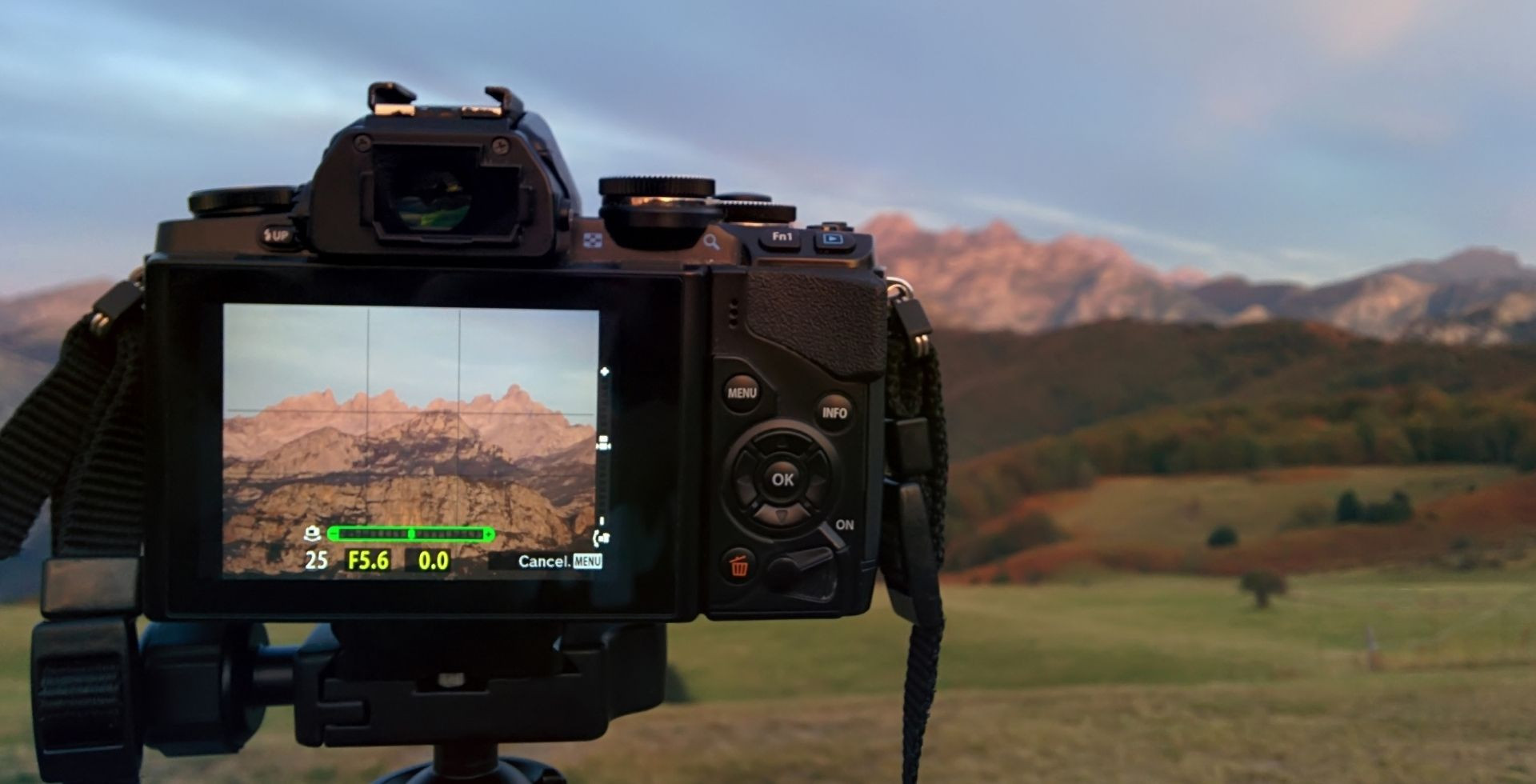

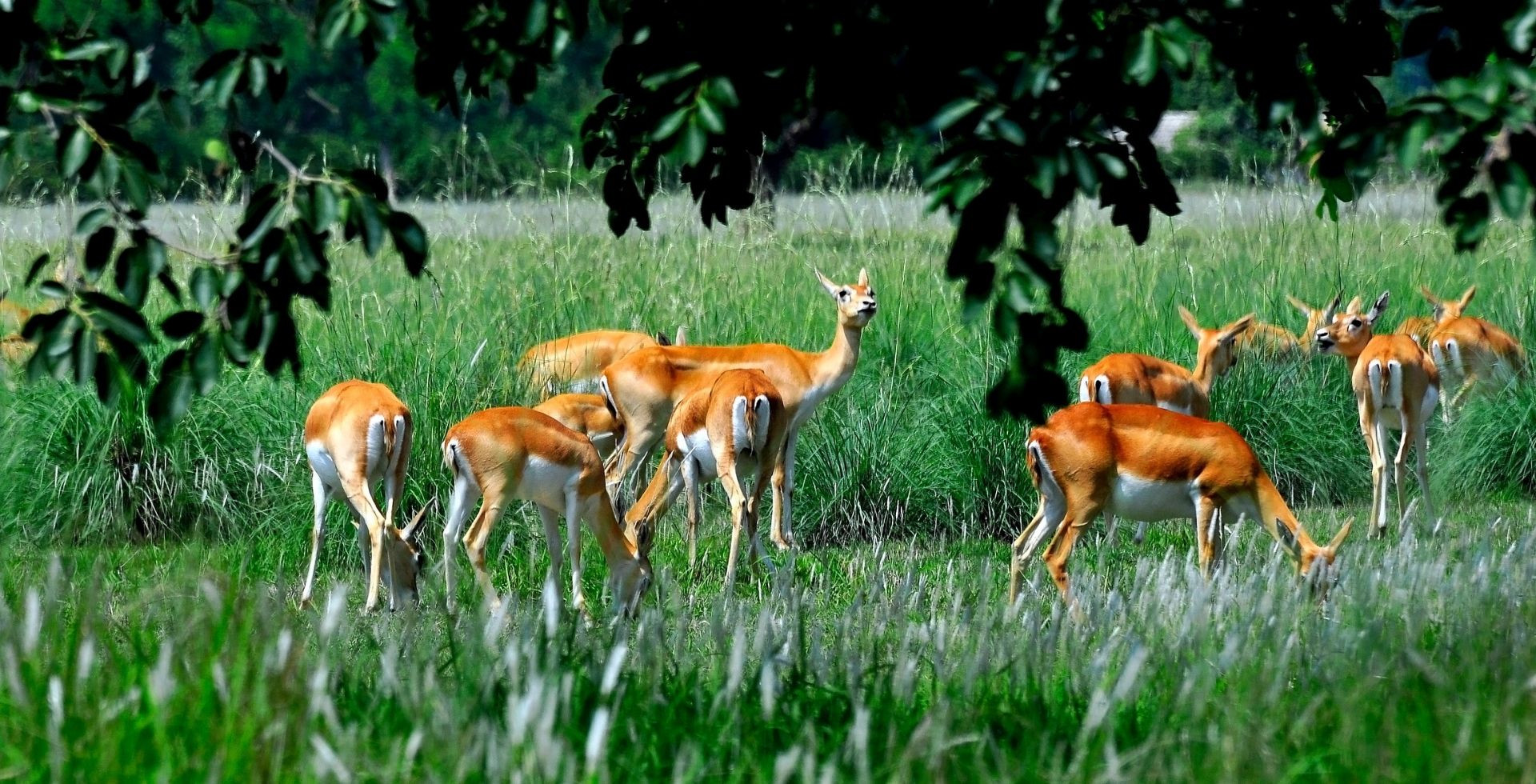
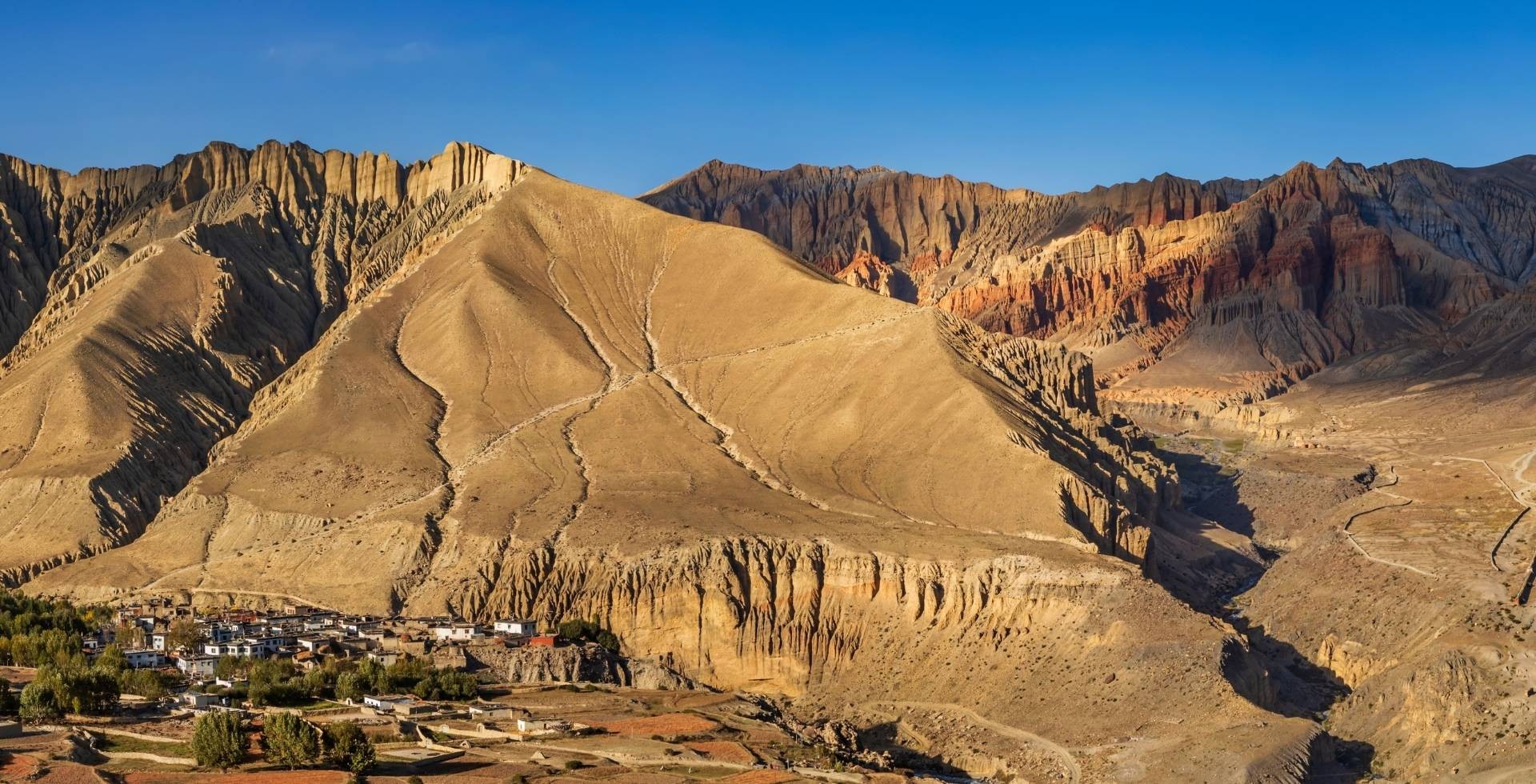

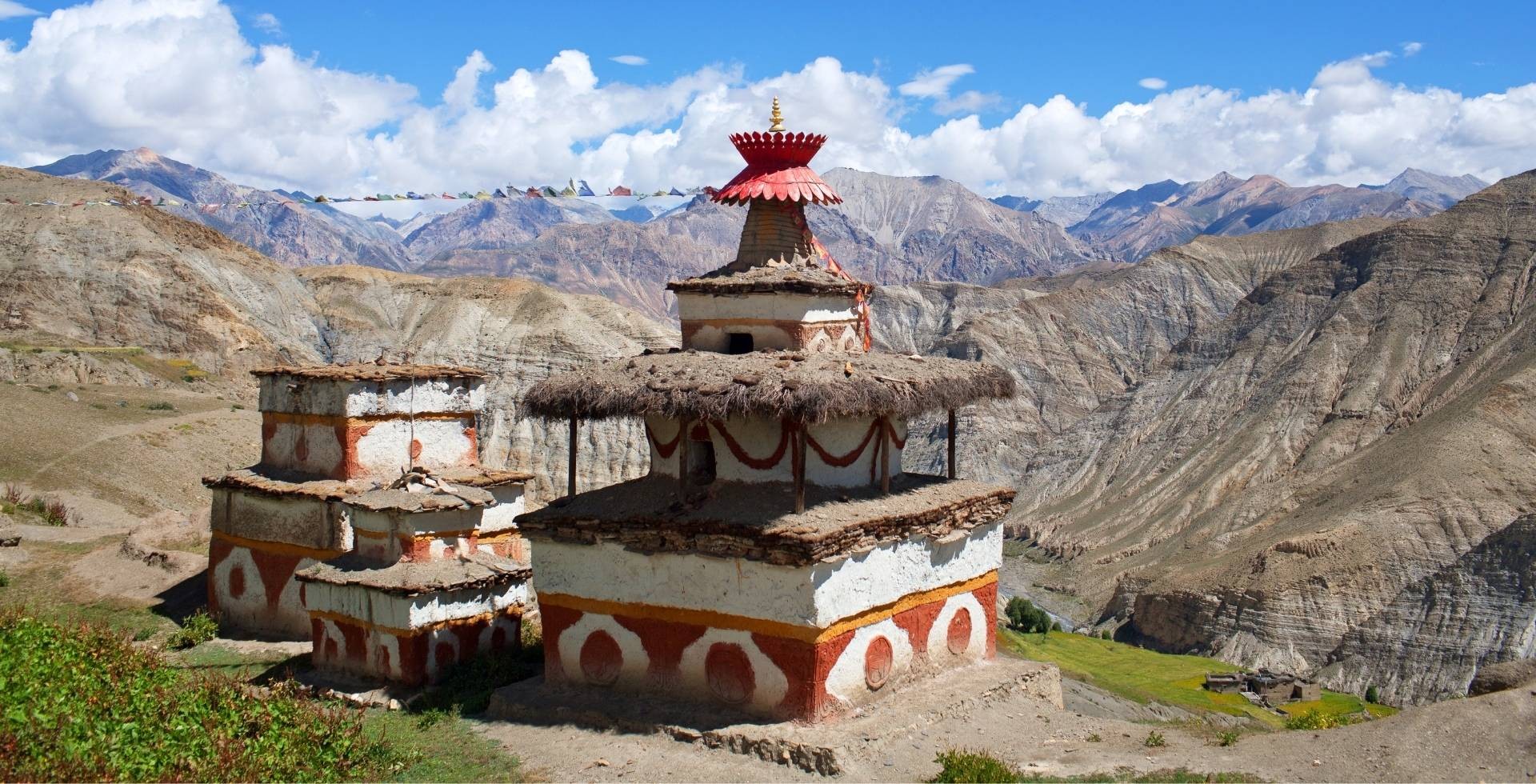
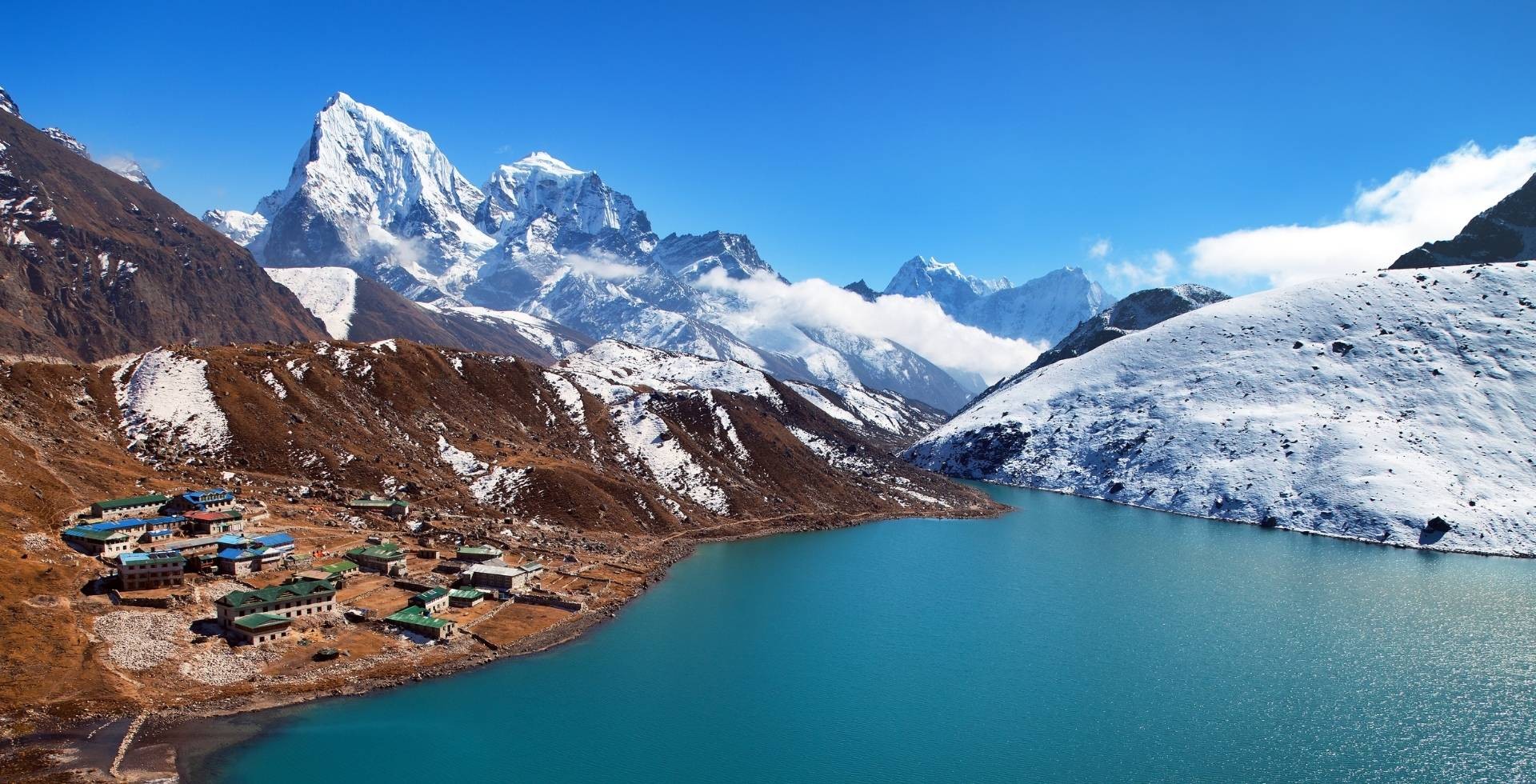

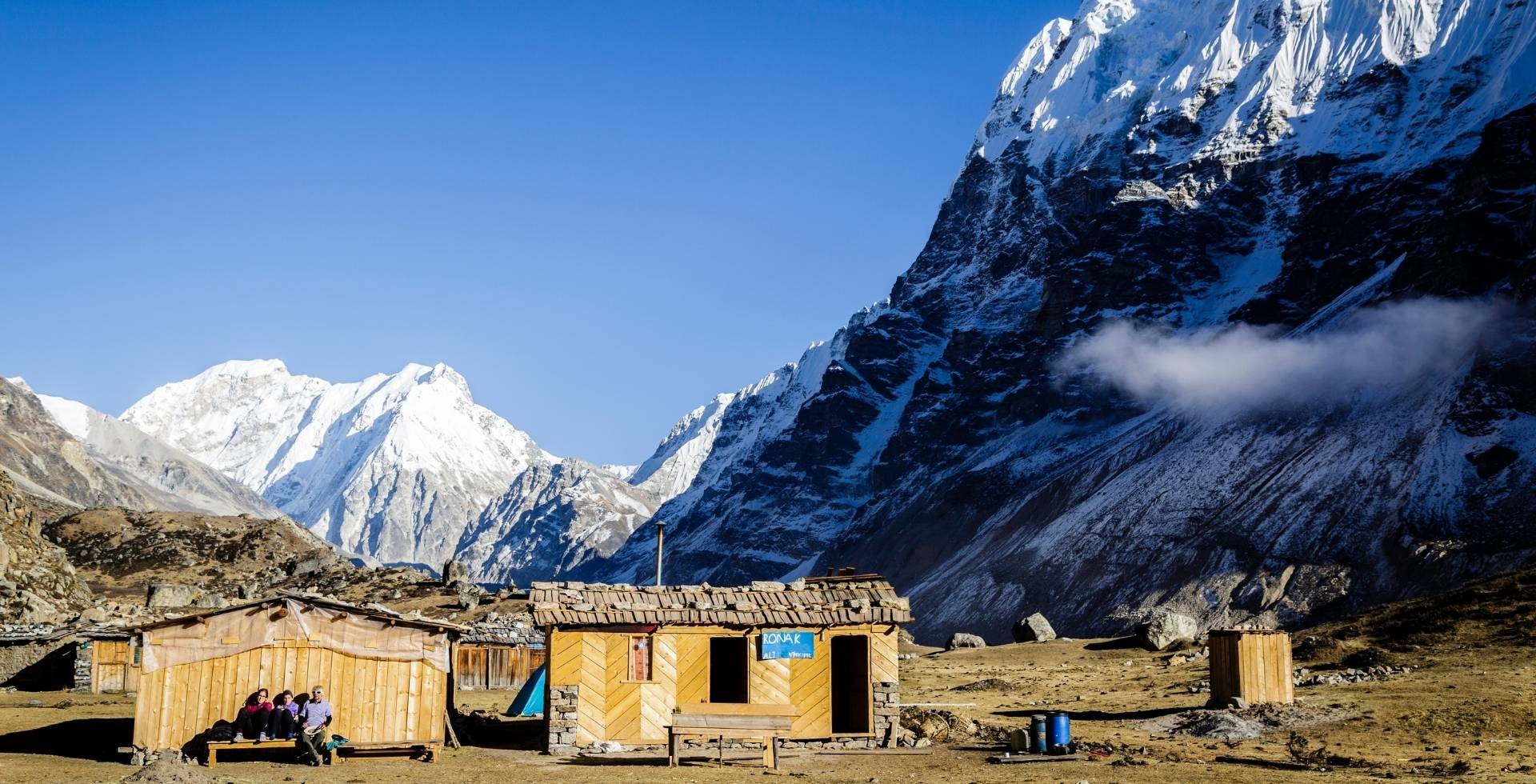
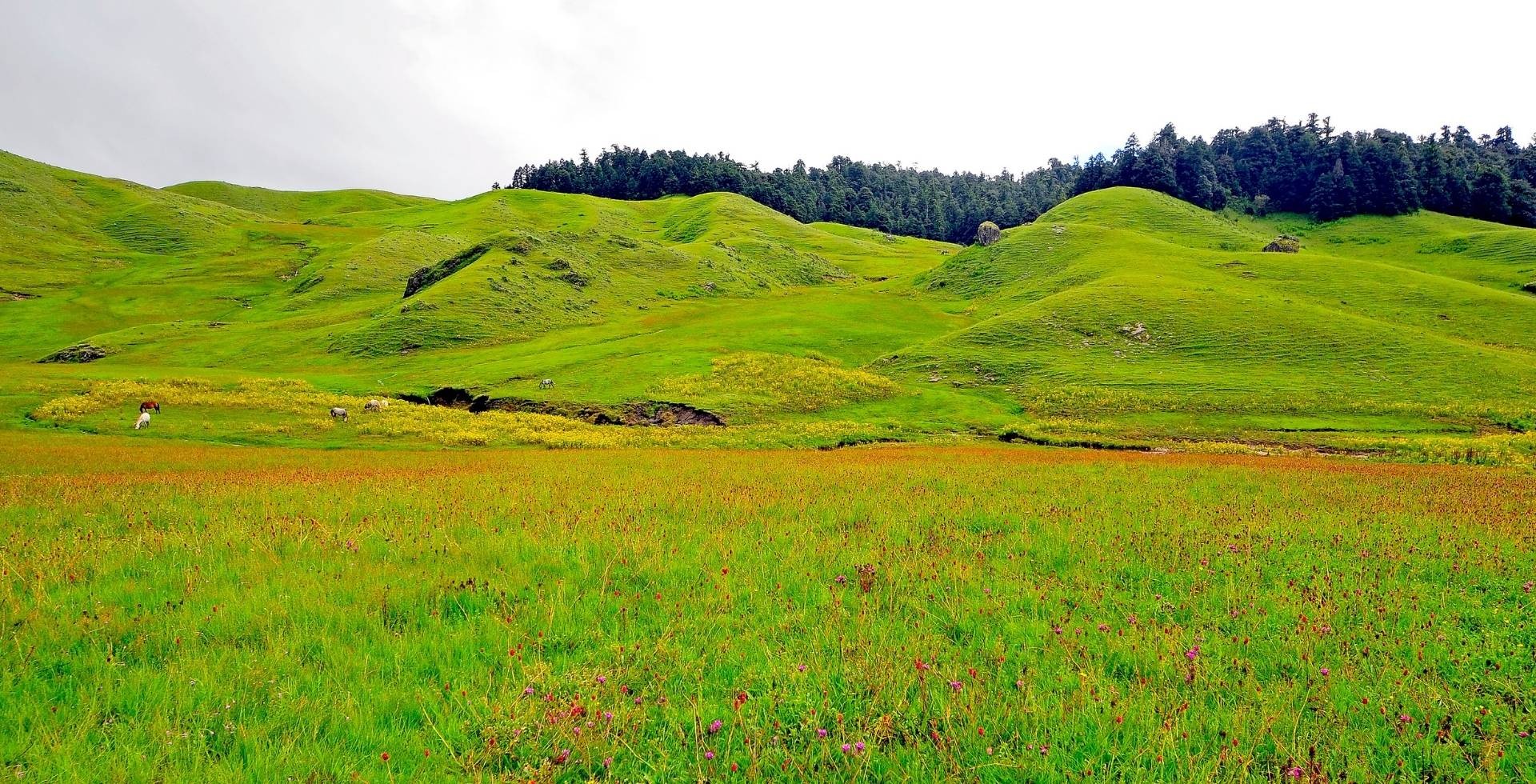
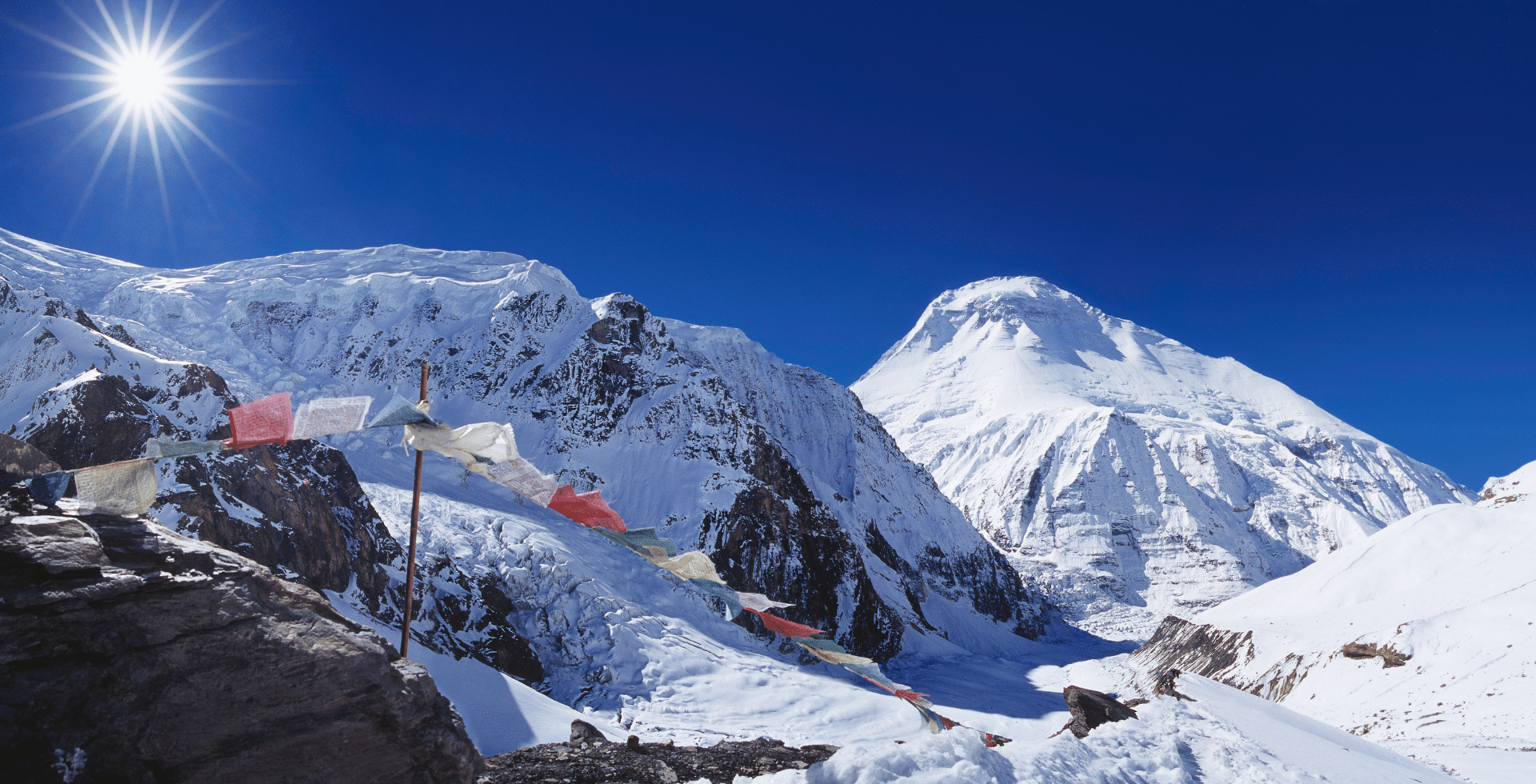
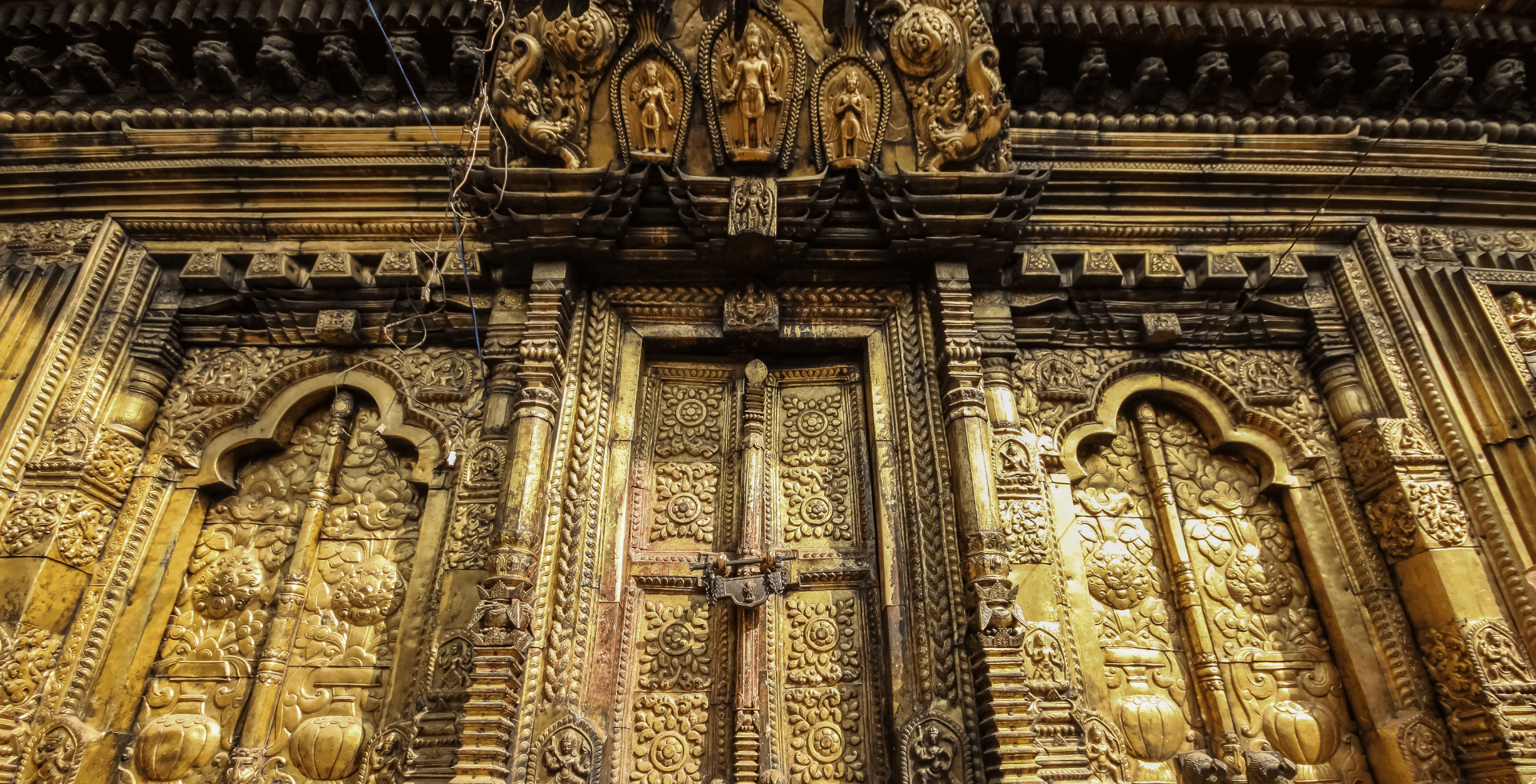
 Swikar Jaiswal
Swikar Jaiswal